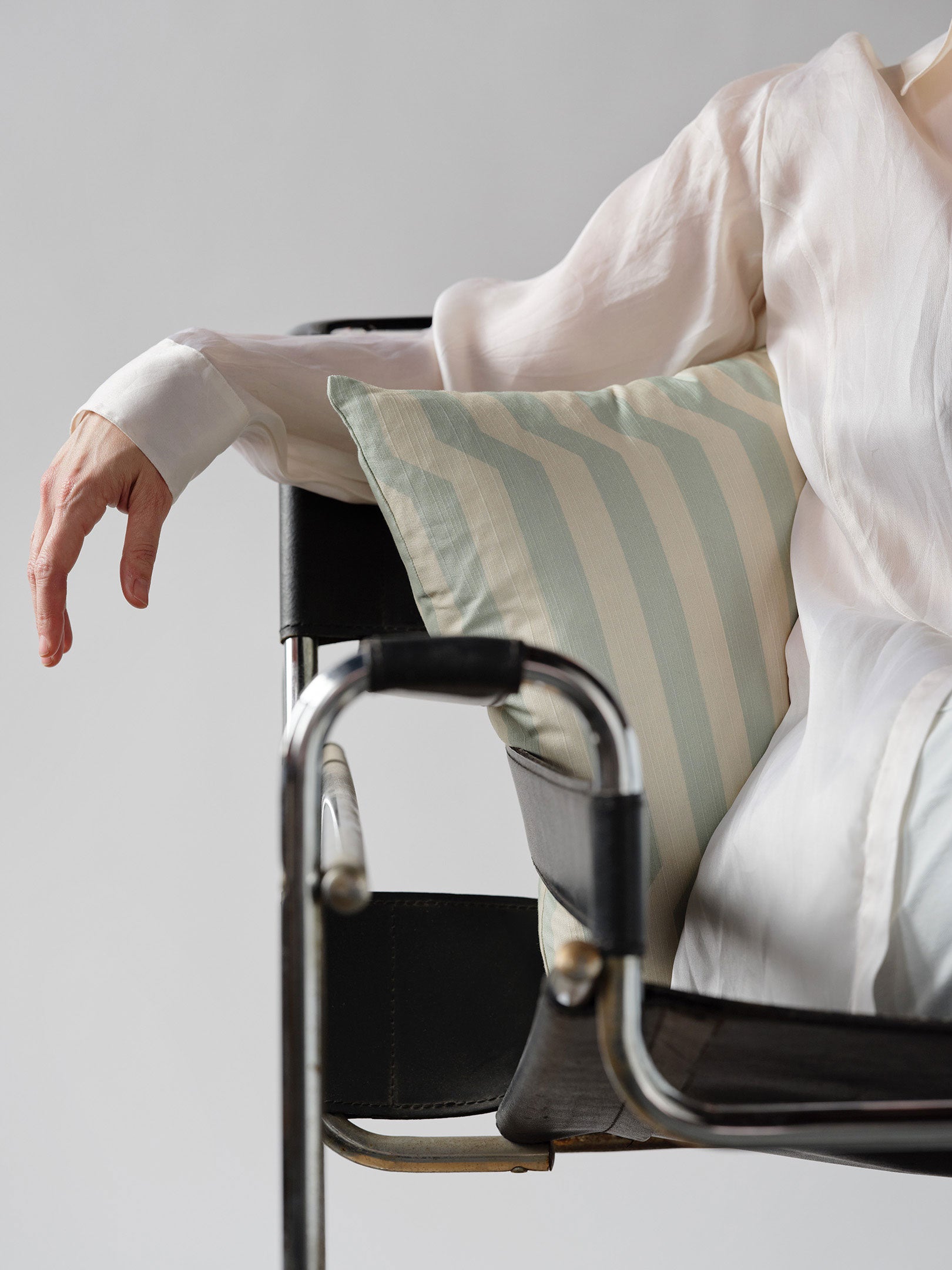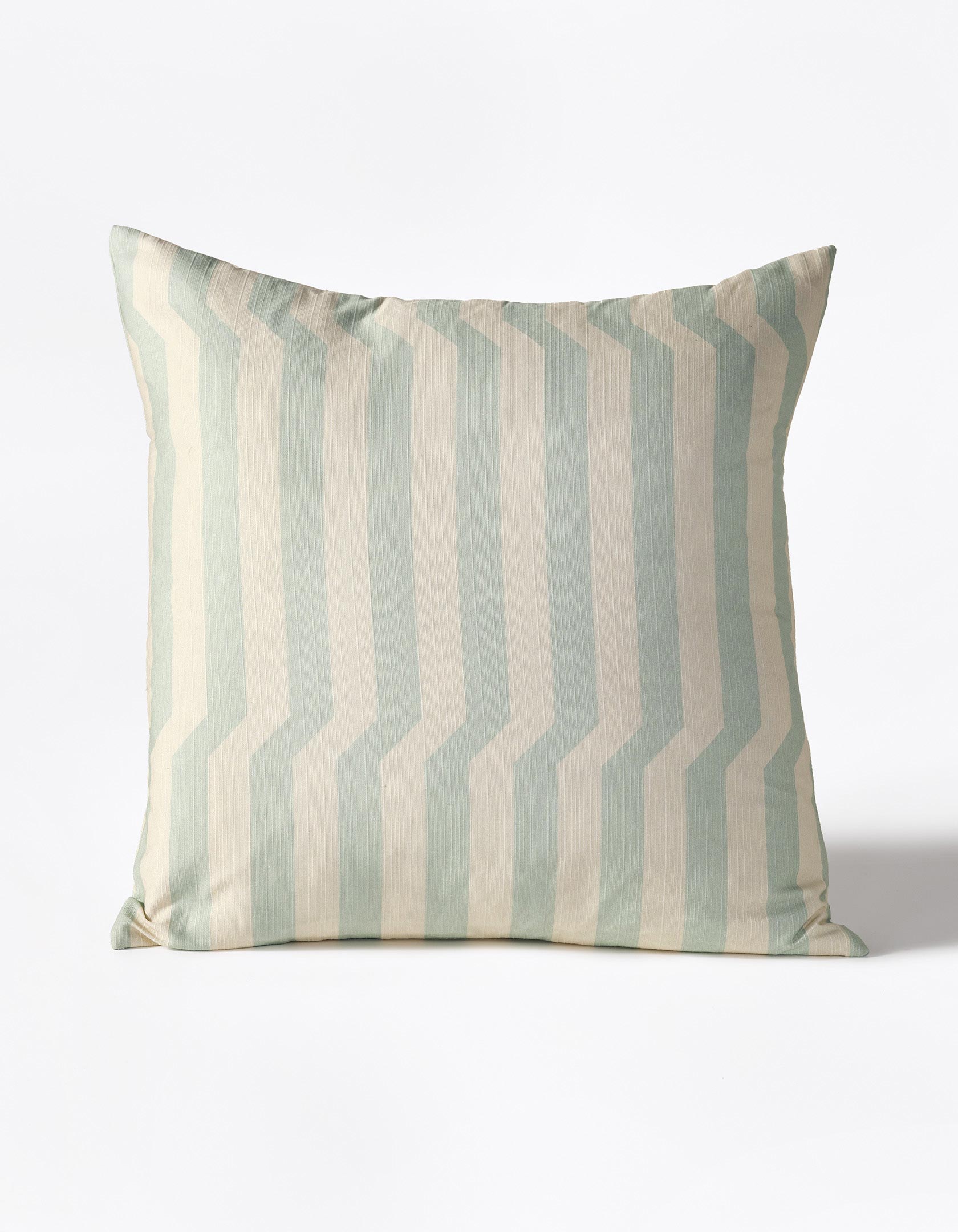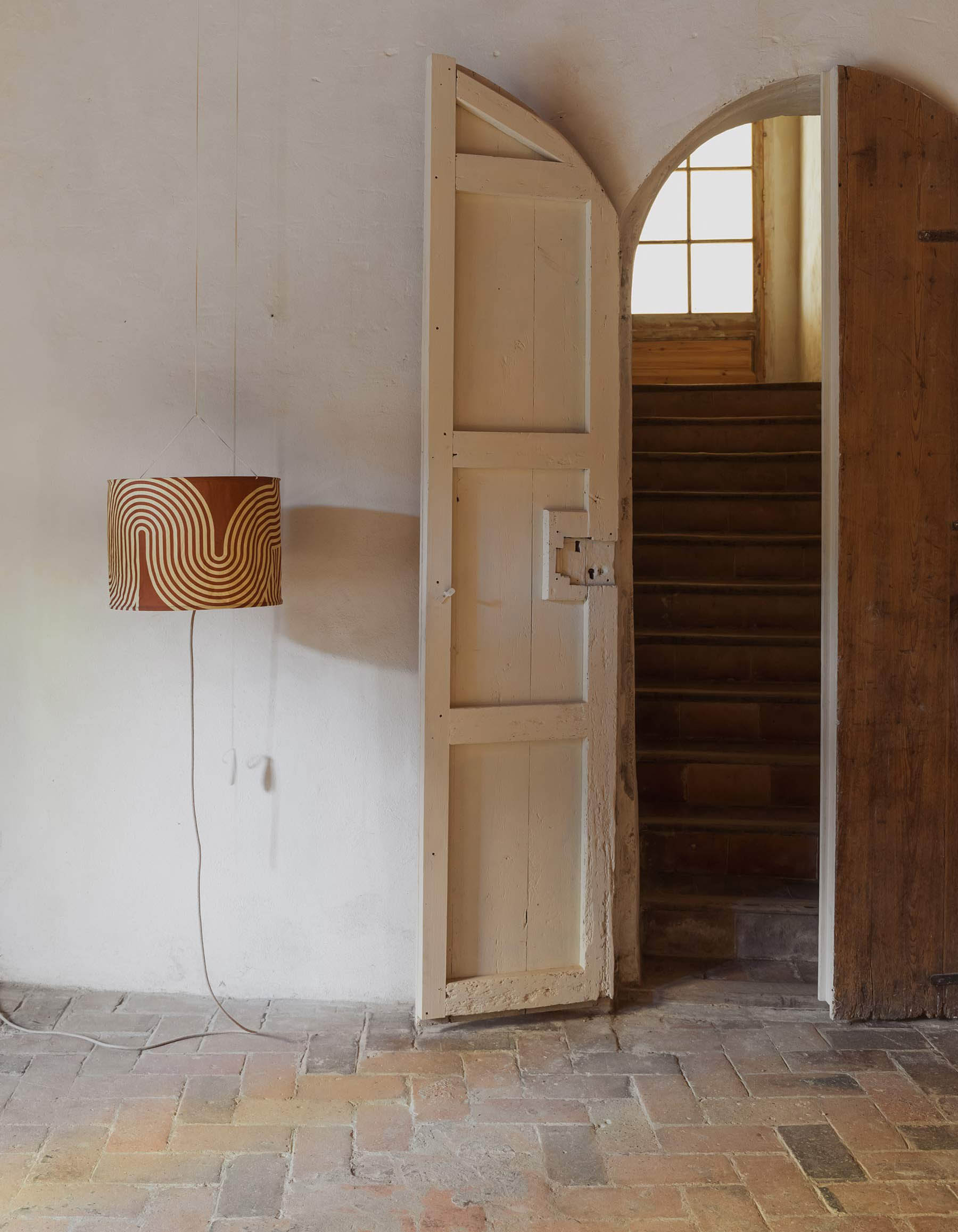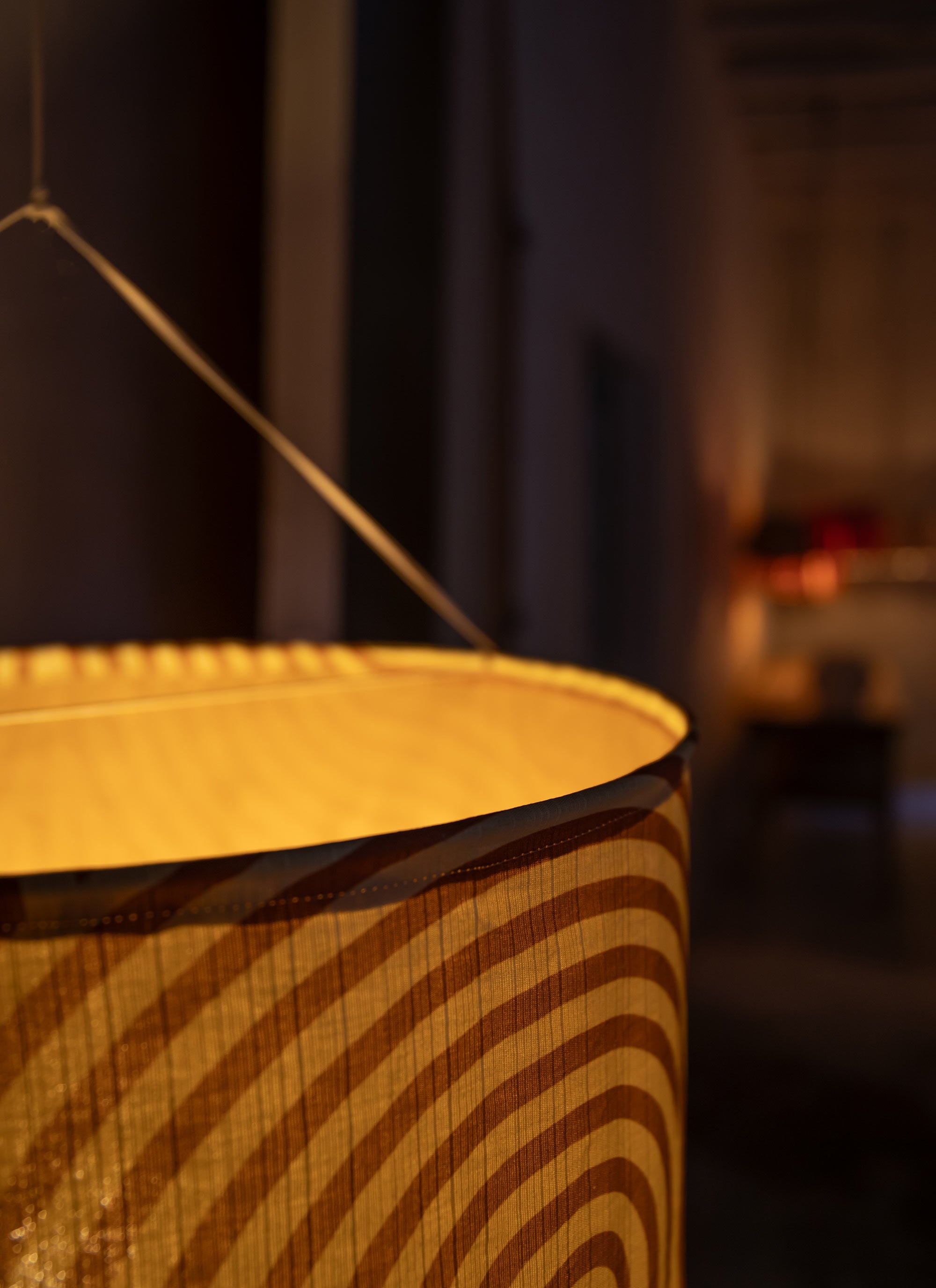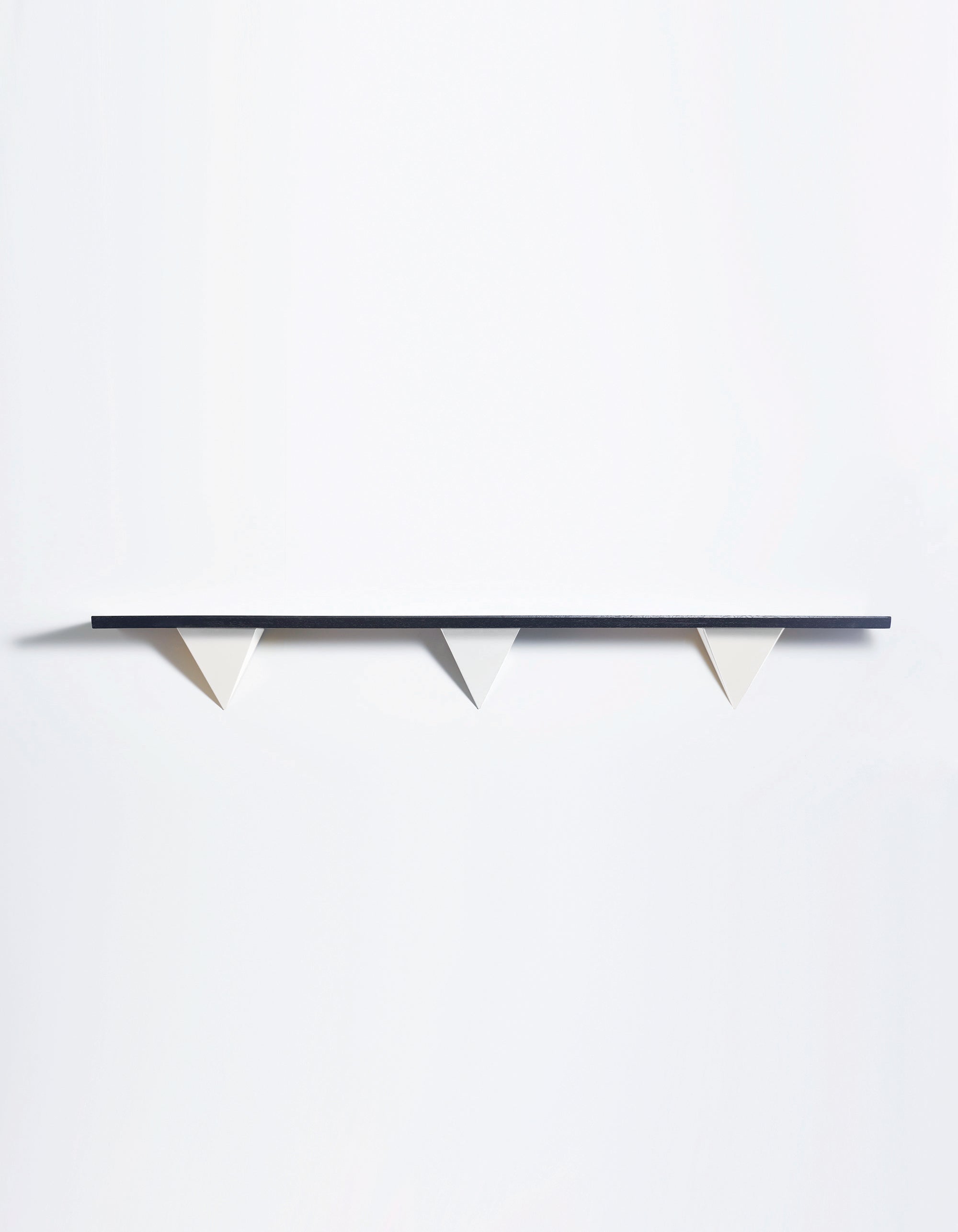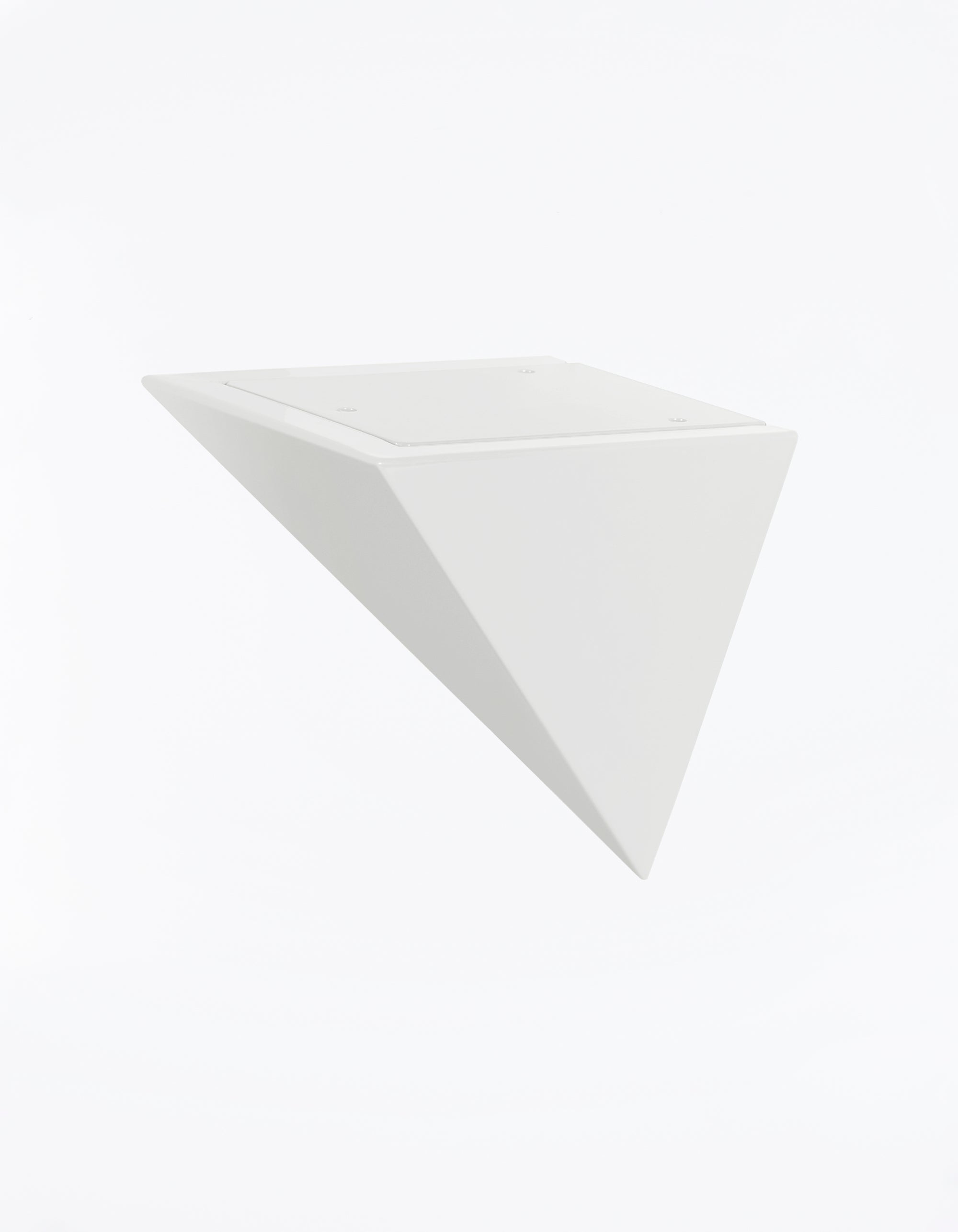
Get to Know Farrah Sit, Founder of Light and Ladder
Farrah Sit founded Light + Ladder studio in 2011 and has become known for creating sculptural volumes that look different from every angle. Her minimalist designs draw inspiration from the natural world, geometry, and architecture. She brings her elegant design sensibilities to the Platform Planter, a new production collaboration for Tortuga Forma.


Light + Ladder Candleholders by Farrah
Tortuga Forma: What prompted you to work with TORTUGA? How do you determine which projects to say yes to?
Farrah Sit: I really resonated with TORTUGA’s brand value of timelessness which is realized through modularity and flexibility. I was excited to delve into the question of how people live now and project forward into how we will live in the future. I also appreciated the brand aesthetic and how bold everything is - it was exciting to work with this design language.
TF: How does your design approach change when you are collaborating with another designer or with a company like TORTUGA?
FS: I always consider a company’s needs to address production, manufacturing, and the customer’s needs. With the Platform Planter, I started with the brand’s need for modularity and my personal desire for a visually clean way to arrange a crowd of plants of various sizes together. I was able to create a form that was seemingly minimal, yet when rotated and combined, created a fluid and playful S shape squiggle. This shape is also mirrored formally in other TORTUGA products like their bookends and Wave Shelf.

Photo: Hannah Whitaker
TF: Can you discuss the influence of Bauhaus architecture in the Platform Planter?
FS: The Bauhaus movement is a bold expression of man’s intervention into nature. It emphasized functional, geometric forms. I enjoyed applying these formal elements to a small scale object for plants to inhabit. Once we choose a material to work with, concrete with real stones, the Bauhaus architecture found in Tel Aviv became a natural inspiration.

Carl Fieger, Kornhaus restaurant, 1930.
TF: At TORTUGA, we like to push our collaborations by choosing materials that a designer doesn’t normally work in. Can you discuss the joint decision to use concrete and terrazzo and how this material affected the Platform Planter design?
FS: As a designer, I am always looking for ways to grow and ways to understand new materials. I’ve traditionally used slip cast ceramic which is a more delicate and labor intensive material to work with. Since TORTUGA has access to larger scales of production, we could explore using concrete, which is a versatile material that would allow people to use the planters outdoors. We also wanted to make them special so I proposed adding natural, colored stones to give the material more character and texture.

Photo: Hannah Whitaker
TF: Elegant forms and balanced proportions are hallmarks of a Light and Ladder piece. Can you discuss how you arrive at a final design that possesses these qualities?
FS: In the beginning, a design inspiration could arrive at any moment when I’m walking through the park or taking a shower. Once the idea crystallizes, I fine tune the design using 3D modeling and paper maquettes which allow me to adjust things to the millimeter. I make these models out of paper because it feels good to interact with it in person in order to quickly confirm the proportions that are on the screen.
TF: You’ve mentioned your love for gardening as one of the motivations behind starting Light + Ladder. Which plants or gardening styles currently inspire you?
FS: I recently listened to a Freakonomics podcast episode on the environmental and financial cost of America’s obsession with manicured lawns. The episode ends on a beautiful proposal for a fully edible front lawn. Jim Kovaleksi converted his entire front property into a farm and sells his extra produce at farmers markets in Maine and Florida. I was so moved by his passionate ability to work in unison with Mother Nature. Through dedicated trial and error, he’s been able to grow award winning crops without watering! Aside from the aesthetic of wild textured plantings, for me the true beauty of gardening lies in the functional ability to feed people.
